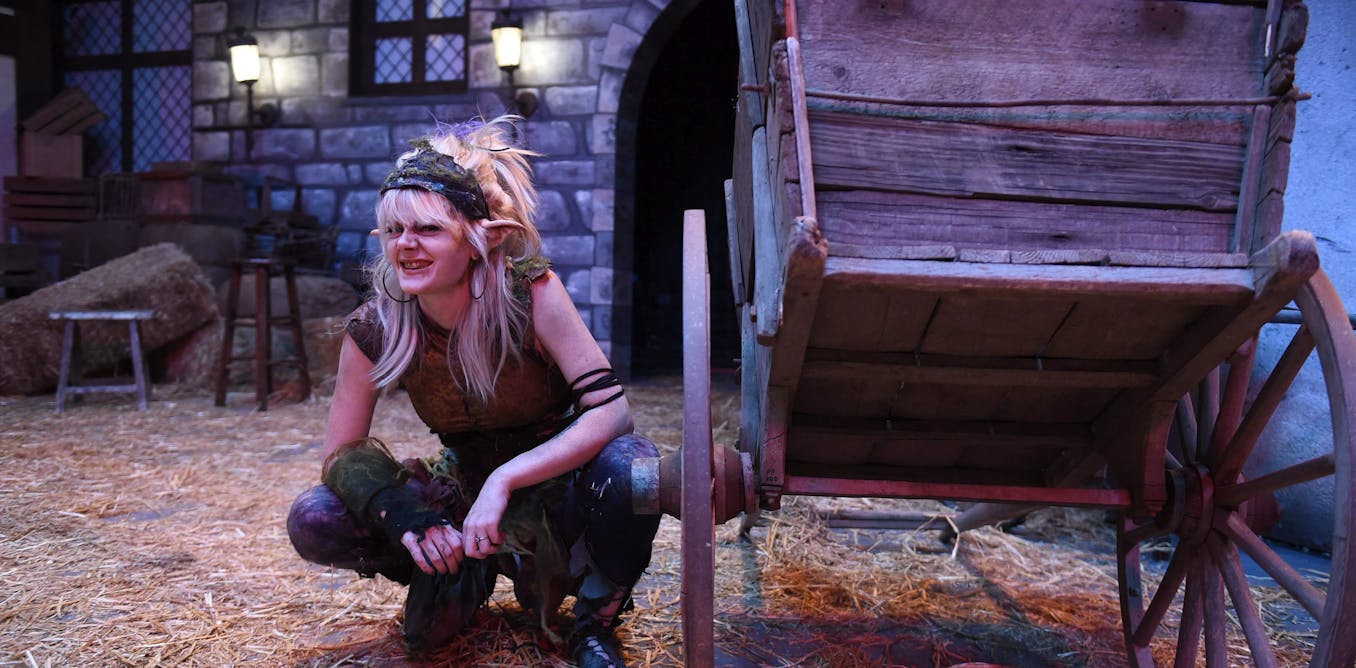In some of her later still lives, the painter Tamara de Lempicka signed her name on a trompe l’oeil scrap of paper, small slips whose curled edges seem to peel away from the painting’s surface. A common trope in Golden Age Dutch vanitas scenes, the convention at once indicates Lempicka’s affinity with the history of painting and serves as a reminder that the artist wore her identity lightly. Born, as new research reveals, Tamara Rosa Hurwitz-Gorska in 1894, Lempicka identified variously as Monsieur Lempitzky, Tamara de Lempicka, and Baroness Kuffner, changing it up as her career and social status shifted. This adaptability first anonymized her femaleness and later foregrounded her rising rank once she married a Baron. More than a changing name, her willingness to shift herself to suit the times was crucial to Lempicka’s success and survival in a period of dramatic historical shifts, especially at the height of her career in the années folles of 1920s Paris.
Lempicka’s personal life is at the forefront of the revived and booming interest in her work, which includes a feature-length documentary (The True Story of Tamara De Lempicka & the Art of Survival), a Broadway musical (Lempicka), and the artist’s first major US museum retrospective, open now at San Francisco’s de Young museum and traveling to Houston in the spring.
The exhibition opens with a photograph of the artist herself, the picture of glamor in a dark lip, roller set curls, and tilted beret. Lempicka’s biography provides plenty of fodder for intrigue. She helped her first husband to escape Russian imprisonment in the wake of the 1917 Revolution, fled St. Petersburg for Paris and later Hollywood, and painted seductive images of lovers both male and female.

Lempicka studied drawing in the studio of André Lhote where, after some early forays into Cubism and abstraction, she developed a clarity of line and a voluptuous attention to the nude figure. She declared herself the painter of Art Deco, and that movement’s shimmering surface effects accord with both her personality and style. As a portraitist, Lempicka employed a high-contrast technique that transformed her sitters into sculptural objects—or transformed sculpture into paint, as in a 1930 study of Bernini’s Ecstasy of St Theresa. Her work, cool and tonal, lent itself well to reproduction, and she appeared regularly on the cover of the German magazine Die Dame. An icon of Europe’s “new woman,” Die Dame was aimed at stylish and independent figures like Lempicka herself; the magazine too was recently and briefly revived by the art collector and publisher Christian Boros.
Why Lempicka now? The recent documentary suggests the show is part of an ongoing reckoning in the museum world with the limitations of a largely white, male canon of art history. Lempicka offers a compelling female heroine, one who painted strong women existing beyond the male gaze. Yet there are more specific ways Lempicka sheds light on our present moment. In the early days of the Covid-19 pandemic, before it became clear how long it would last, and how badly it would exacerbate systemic injustices, there was a sense that the world might emerge into another roaring ’20s, a period of release and collective celebration. On one level, Lempicka’s work shows us what this could have looked like: soaring skyscrapers, slinky dresses, fast cars, free love.

The 1920s, of course, were not all that great, and they were certainly not great for everyone—not least for Lempicka, who despite all the apparent glamor and success was struggling with a failing marriage, with raising a child without being saddled with the career-stifling label “mother,” with the looming threat of fascism in Europe. For a 1928 painting, she cloaked her daughter Kizette in a billowing white Communion gown, a guise intended to conceal her Jewish lineage that suggests Lempicka was well aware of the need to dissimulate her origins given the political climate. In 1929 she set sail for America, arriving, in her telling, at the very moment of the stock market crash and losing much of her wealth in the process.
The duplicity of the times is there in her paintings, in the hard-edged shadows and in the way the body becomes a machine, with conical breasts and curls like carved metal. Even her most sensuous works are all polished, impenetrable surfaces, as in La Belle Rafaëla (1927), absent body hair or a belly button. The hardened figures who inhabit Lempicka’s canvases seem to embody lines taken from her lover Ira Perrot’s poetry: “White, black, gray is their kingdom of stone / their reign is the reign of hard minerals / their soul colder than cold stone / the icy gaze of their opal eyes.” Words for survival in another twenties tinged with darkness.

The post “Tamara de Lempicka’s Seductive Views of the “Roaring ’20s” Are the Subject of a Retrospective, a Biopic, and a Broadway Musical” by Emily Watlington was published on 12/06/2024 by www.artnews.com






































Leave a Reply